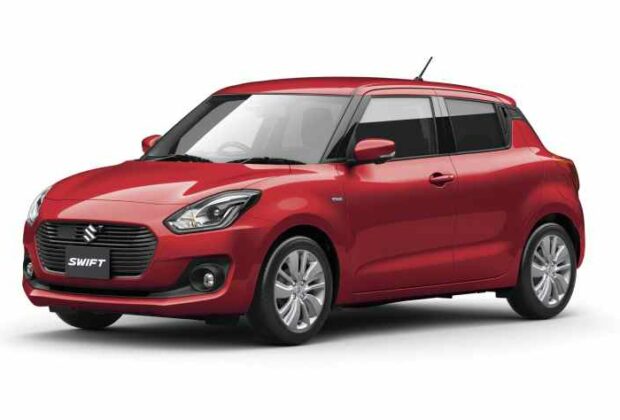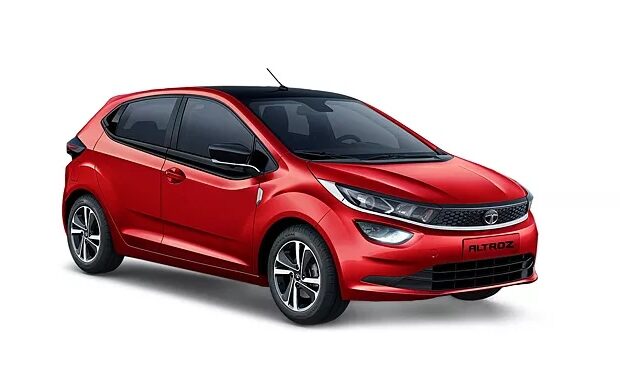A new study found that some people are genetically predisposed to obesity and that in order to get the same results, they have to exercise more than others who do not have these genes.
The amount of physical activity required for individuals with a genetic predisposition to have a higher Body Mass Index (BMI) to stay fat was determined by Vanderbilt University Medical Center (VUMC) researchers using data from the National Institutes of Health’s All of Us Research Program. Their results were released on Wednesday in JAMA Network Open.
According to the CDC, BMI is calculated as “a person’s weight in kilograms divided by the square of height in meters,” A person’s BMI “falls within the obesity range if it is 30.0 or higher.”
It might be difficult to define someone as “obese” because BMI is a historically erroneous measure of health, particularly for persons of color. But for the time being, health experts utilize it as their main standard.
The authors of the study emphasize that determining an individual’s risk of obesity requires taking into account their personal history.
They stated that what’s hidden in their DNA is the main problem.
Senior author Douglas Ruderfer, PhD, associate professor of Medicine, Division of Genetic Medicine, and director of the Center for Digital Genomic Medicine at VUMC, stated in a statement that “physical activity guidelines do not account for individual differences.”
A person’s genetic background influences how much physical activity is required to prevent obesity. The number of steps required each day increases with hereditary risk.
Using Fitbit devices to track their daily step count, 3,124 middle-aged volunteers without obesity were examined in this study. Their average daily step total was 8,326.
Next, they compared the participant’s obesity-related Polygenic Risk Score, which, according to the CDC, “provide a measure of your disease risk due to your genes”
According to the National Institutes of Health, “Although often attributed to unhealthy lifestyle choices or environmental factors, obesity is known to be heritable and highly polygenic – the majority of inherited susceptibility is related to the cumulative impact of many common DNA variants,”
According to the study, people who were genetically predisposed to obesity and had a Polygenic Risk Score in the 75th percentile required to take 2,280 more steps a day—or 11,020 steps overall—than people who had a score in the 50th percentile.
Furthermore, individuals in the 75th percentile with a BMI of 22, 24, 26, and 28 would require walking 3,460, 4,430, 5,380, and 6,350 steps daily more than those in the 25th percentile — despite the fact that the CDC classifies people with a BMI of 22 and 24 as being in the “healthy” range.
Lead author Evan Brittain, MD, an associate professor of medicine in the Division of Cardiovascular Medicine at VUMC and the lead investigator in Digital Health for the All of Us Research Program Data and Research Center, said in a statement, “What is new and important from this study is that we were able to put a number on the amount of activity needed to reduce the risk.”
According to Brittain, “We would like to test whether knowledge of one’s genetic risk for obesity actually has an impact on their behavior,”
“I think these findings could be empowering for patients because the current physical activity guidelines take a one-size-fits-all approach, and what we learned is that depending on your genetic risk, the guidelines may underestimate the amount of activity needed to reduce your risk of obesity.”














